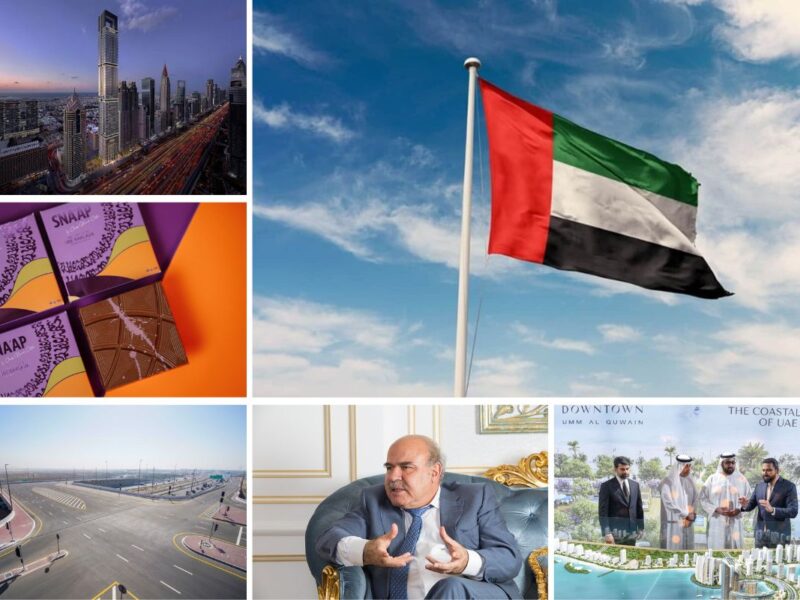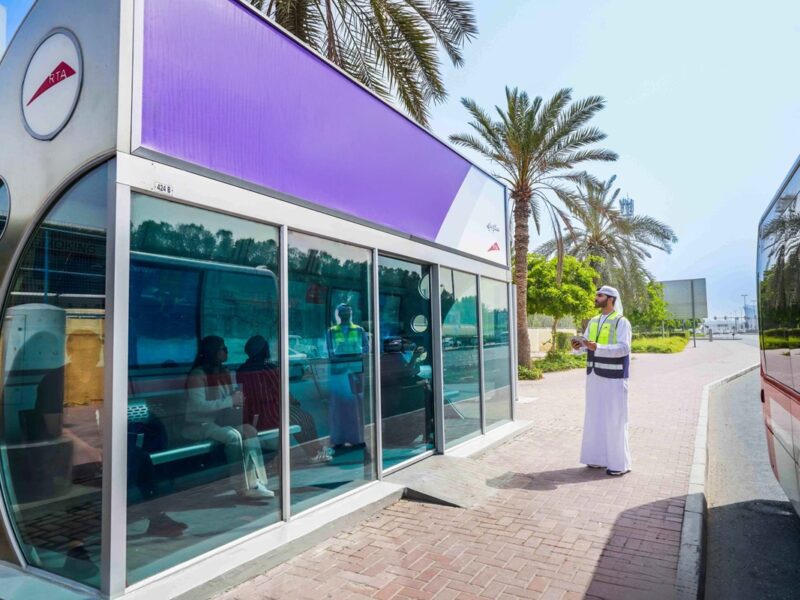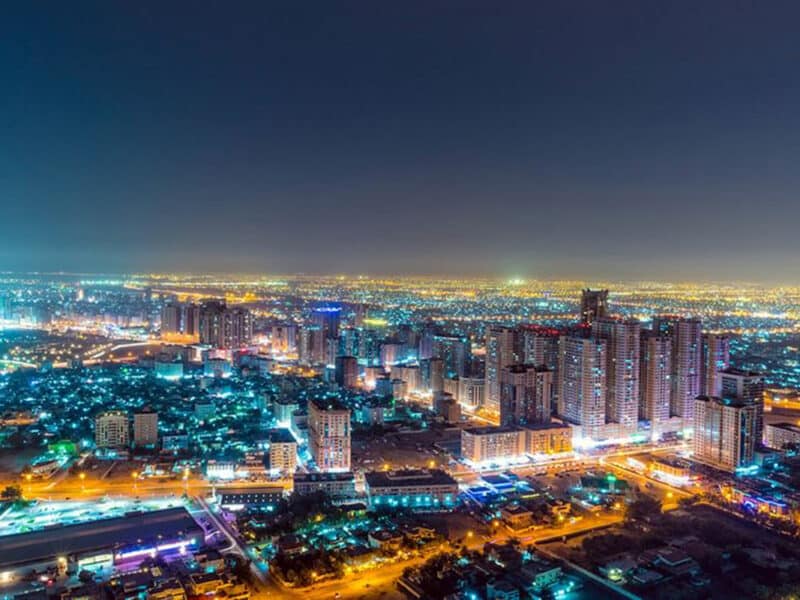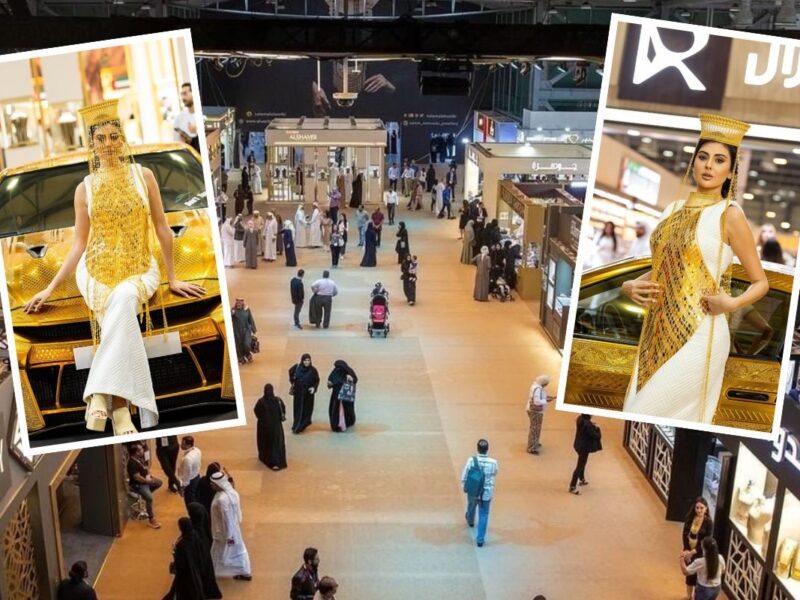|~|119QatarMuseum200.gif|~|The main central body of the museum is planned around a central atrium rising some 54m and topped by a dome. Construction work on the project is near completion and the museum is now entering the fit-out stage.|~|Every capital city should have its defining building, but until now the Qatari capital of Doha has been without an obvious contender. However, that is all set to change with the completion of the Museum of Islamic Art, designed by arguably the most famous living architect — Chinese-American I.M. Pei. It is expected to do for Doha, what the Guggenheim Museum did for Bilbao.
The distinctively angular limestone shell of the building is now complete, with the construction programme, managed by Turner International, moving into the fit-out stage.
While the building may have a deceptively simple form — from an engineering perspective — it has been anything
but straightforward, according to Turner project manager, Oliver Roche.
Jean-Michel Wilmotte, who partnered Pei on the famous Louvre Pyramid in the late 1980s, was also hired to work on the new museum in Doha. Working with such architectural heavyweights has brought its own unique challenges, says Roche.
“It is not just architecturally challenging, but structurally as well. The atrium space covers five levels and is 60m tall, with each level hanging over the main atrium space.”
The site of the museum is located on a reclaimed island on the Doha Corniche, while the museum itself has a footprint of approximately 12,000m2. It is circumscribed by the Museum Park, which has been recently increased in scope from 85,000m2 to around 200,000m2.
“The building consists of five levels in the main tower space
and it will house two levels of galleries. It also houses an educational area that includes a library and other support services,” says Roche.
The museum is clad entirely in stone and rises directly from
sea level with the minimum of window openings. The central block is progressively stepped as it rises above a central atrium, the dome of which is concealed by the perimeter stonewall of the central tower.
“We had to build a temporary steel frame structure inside the actual building to support the roof — we needed 250 tonnes of steel to take the weight of the roof. “It took two months to erect and is likely to take around two weeks to dismantle,” according to Roche.
The massive load of the roof is transferred through a flat wall into four huge mouth-shaped steel brackets supporting the concrete in the dome, which in turn distributes the weight down through the reinforced concrete columns.
If the structural engineering involved in the project has been demanding, so too has the interior finishing and fit-out work.
The ceilings are covered with extremely intricate concrete works, painstakingly finished with individual moulds
“With the architectural concrete, we had to ensure we got a completely smooth surface without any honey-combing in the concrete whatsoever, and this has proved very challenging,” says Roche.
Mivan Depa won the contract to fit-out the museum last September. The level of planning that has gone into the interior designs of the Museum is reflected by the decision to build a structure just to house models of the exhibition cases.
No expense has been spared, with the best materials sourced from around the world. The wooden cladding for the interiors of the Museum have come from South America, while around 65,000m2 of limestone for the façade has been imported from France, and the grey stone has come from Pennsylvania. The cobbles for the approach road have been imported from China.
While Qatar races to become the world’s largest exporter of gas, the government is determined to plough some of that wealth into its cultural offering. The Museum of Islamic Art is a key part of the country’s strategy to become not only an industrial hub but a cultural one too.
For art lovers who would like a taster of what the new museum will eventually contain, artifacts are currently on display in the Louvre in Paris. The exhibition will run to the end of July.||**||







